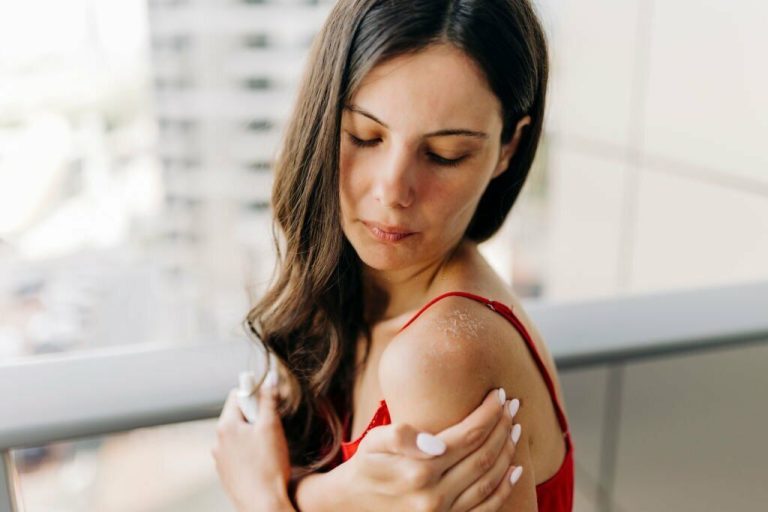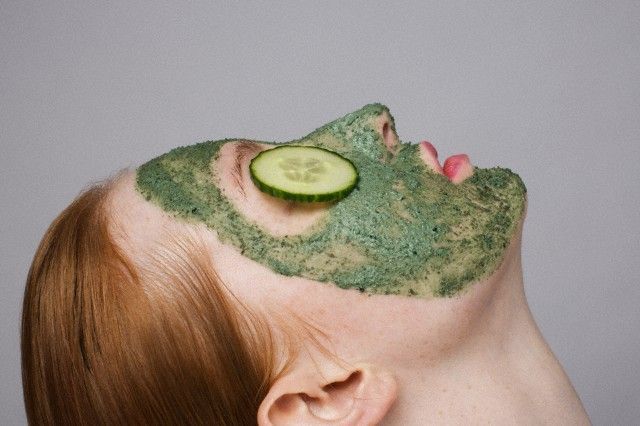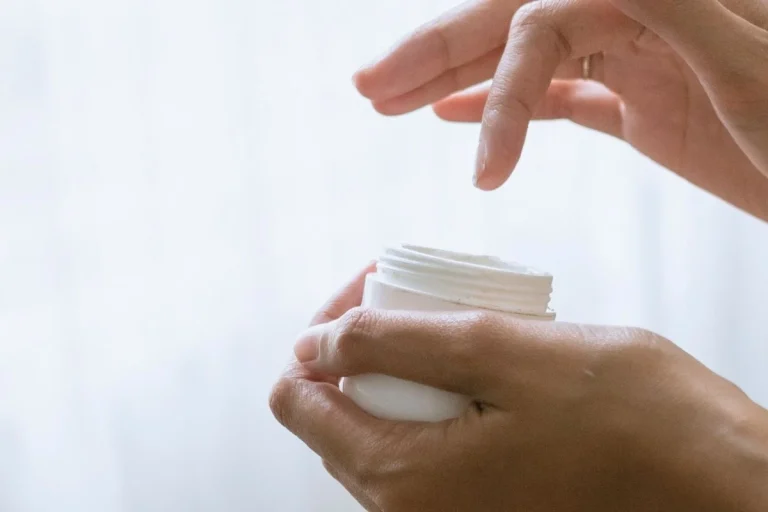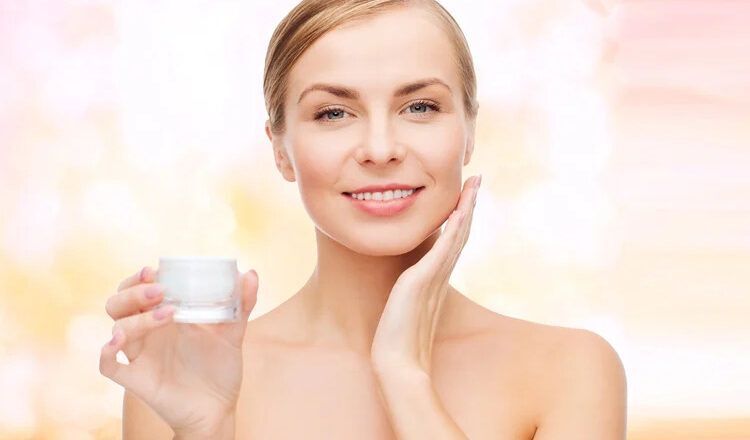Radiant Results: Exploring The Effects Of Red Light Therapy On Acne And Blemish-Prone Skin

Acne and blemish-prone skin are common concerns that affect not only an individual’s physical appearance but also their confidence and mental well-being.
Traditional treatments range from topical creams to oral medications, each with its own set of side effects and limitations.
In this context, red light therapy emerges as a groundbreaking alternative, offering a non-invasive, pain-free solution to combat acne.
Utilizing specific wavelengths of red light, this therapy works by penetrating the skin’s layers to stimulate natural healing processes, reduce inflammation, and promote collagen production.
As research into its effectiveness and applications continues to grow, red light therapy represents a radiant beacon of hope for those seeking to clear their skin and restore its natural vibrancy.
Understanding Red Light Therapy
Contents
Red light therapy, an innovative approach to skincare, harnesses the power of low-level wavelengths to dive deep into the skin’s layers, promoting healing and rejuvenation from within. Its origins trace back to NASA’s experiments aimed at enhancing plant growth and healing astronauts’ wounds in space, revealing its potential for various medical and cosmetic applications.
Today, it stands at the forefront of treatments for a myriad of skin conditions, particularly acne and blemish-prone skin.
By stimulating the mitochondria within cells, red light therapy boosts cellular energy, making it more efficient for cells to repair the skin, enhance new cell growth, and rejuvenate the skin’s overall appearance.
It specifically targets the production of collagen and fibroblasts, increases blood circulation, and reduces cell inflammation, laying a foundation for a clearer, smoother complexion.
Finding The Right Device
Choosing the correct red light therapy device is a pivotal step in harnessing its benefits effectively.
The market offers a plethora of devices, ranging from handheld gadgets to full-face masks, each varying in light intensity, wavelength, and usage guidelines. When searching for the ideal device, it’s essential to consider these variations, as they directly impact the treatment’s efficacy.
Devices utilized in professional settings often emit light at higher wavelengths, providing more potent treatment options compared to at-home gadgets.
With safety and convenience as top priorities, at-home devices offer a practical solution for regular use, granting individuals the flexibility to incorporate treatment into their daily routines.
To navigate this choice wisely, consulting with a skin care professional can provide tailored advice, ensuring the selected device matches your specific skin needs and treatment goals.
This careful selection process is crucial in optimizing treatment outcomes and achieving radiant, healthy skin without the need for invasive procedures or harsh chemicals.
Maximizing Efficacy: Integrating Red Light Therapy Into Your Skin Care Routine
To fully harness the potential of red light therapy for acne-prone skin, integration into an existing skincare routine is key.
This involves not only selecting the right device but also understanding how and when to use it in conjunction with other skincare products and treatments.
For instance, applying red light therapy after gentle cleansing can enhance the skin’s absorption of light while following up with a hydrating moisturizer can help lock in moisture and aid in skin repair. It’s important to use non-comedogenic products that won’t clog pores or exacerbate acne.
Since red light therapy promotes collagen production and cellular repair, incorporating products with complementary effects, such as those containing retinol or hyaluronic acid, may amplify results.
However, always consult a dermatologist before combining treatments to avoid adverse reactions and ensure the most effective, tailored skincare regimen.
Evaluating Safety And Potential Side Effects
While red light therapy is lauded for its safety profile and non-invasive nature, understanding potential side effects and how to mitigate them is crucial for anyone considering this treatment.
The therapy is generally well-tolerated by a wide range of skin types, with minimal risk of adverse effects.
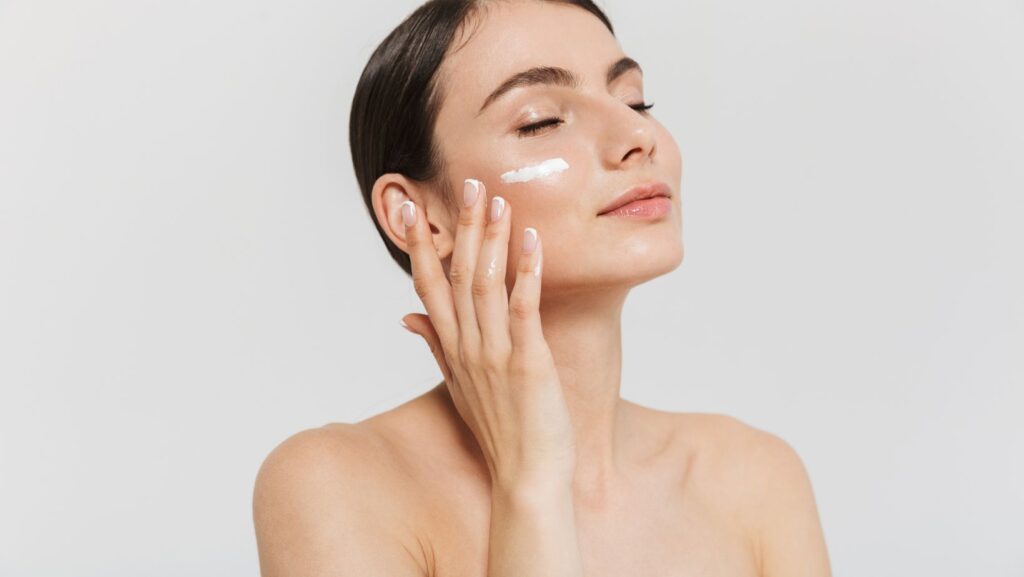
Commonly, individuals may experience slight redness or warmth in the treated area, which typically subsides shortly after the session.
Unlike UV light, red light does not cause skin damage or increase the risk of skin cancer, making it a safer alternative for long-term use.
Individuals with certain conditions, such as photosensitivity disorders or those taking medications that increase light sensitivity, should proceed with caution and seek medical advice before starting treatment.
As with any skincare treatment, using the devices according to manufacturer instructions and under the guidance of a skin care professional can help ensure safety and effectiveness.
Skin health is an essential aspect of overall well-being, often reflecting the internal state of our bodies.
Common skin complaints range widely in symptoms and severity, affecting individuals of all ages.
Understanding these conditions is the first step toward effective management and treatment.
Understanding Common Skin Diseases
The skin, our largest organ, serves multiple critical functions, including protection against environmental hazards and the regulation of body temperature.
Among the plethora of skin conditions, acne, eczema, psoriasis, rosacea, and skin cancer are some of the most prevalent.
These diseases can stem from a variety of causes, such as bacterial infections, genetic predispositions, and environmental triggers, leading to symptoms like dryness, rashes, discoloration, and inflammation.
Symptoms And Causes
Symptoms of skin diseases are as diverse as the conditions themselves, often including discolored skin patches, dryness, lesions, ulcers, peeling, rashes, and bumps.
The causes range from bacterial, fungal, or viral infections to genetic factors and lifestyle influences, including diet, stress, and exposure to irritants or allergens.
Treatment And Management
Treatment for skin conditions varies based on the specific disease and its severity but may include antibiotics, antihistamines, laser therapy, medicated creams, moisturizers, oral medications, and even surgical options.
Lifestyle adjustments, such as dietary changes, stress management, and proper skin care, play a crucial role in managing symptoms and preventing flare-ups.
Ongoing research continues to refine these treatments, offering hope for more effective solutions in the future.
Final Remarks
Red light therapy offers a promising alternative to traditional acne treatments, combining innovation with safety to enhance skin health.
Its mechanism, rooted in stimulating the body’s natural healing processes, addresses not only the superficial symptoms but also the underlying causes of skin complaints.
By integrating red light therapy into skincare routines, individuals can explore a non-invasive path toward clearer skin.
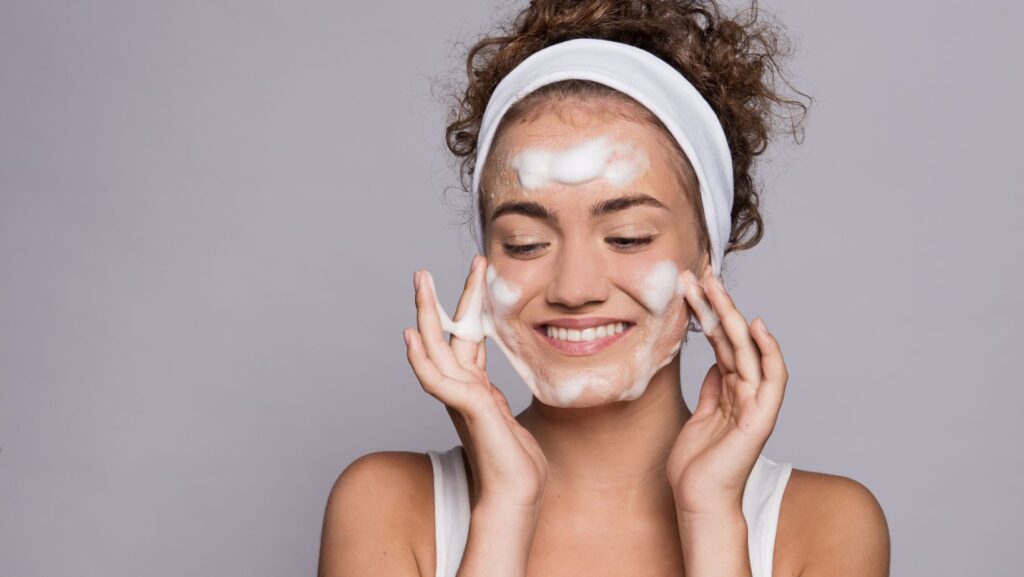
This approach, alongside informed device selection and careful management of potential side effects, represents a significant step forward in dermatological care, empowering those affected by acne and other skin conditions to achieve radiant, healthy skin with minimal risk.

Founded by Sophia Rodriguez, IGXO Cosmetics is a PETA-certified, cruelty-free, and vegan makeup brand.

